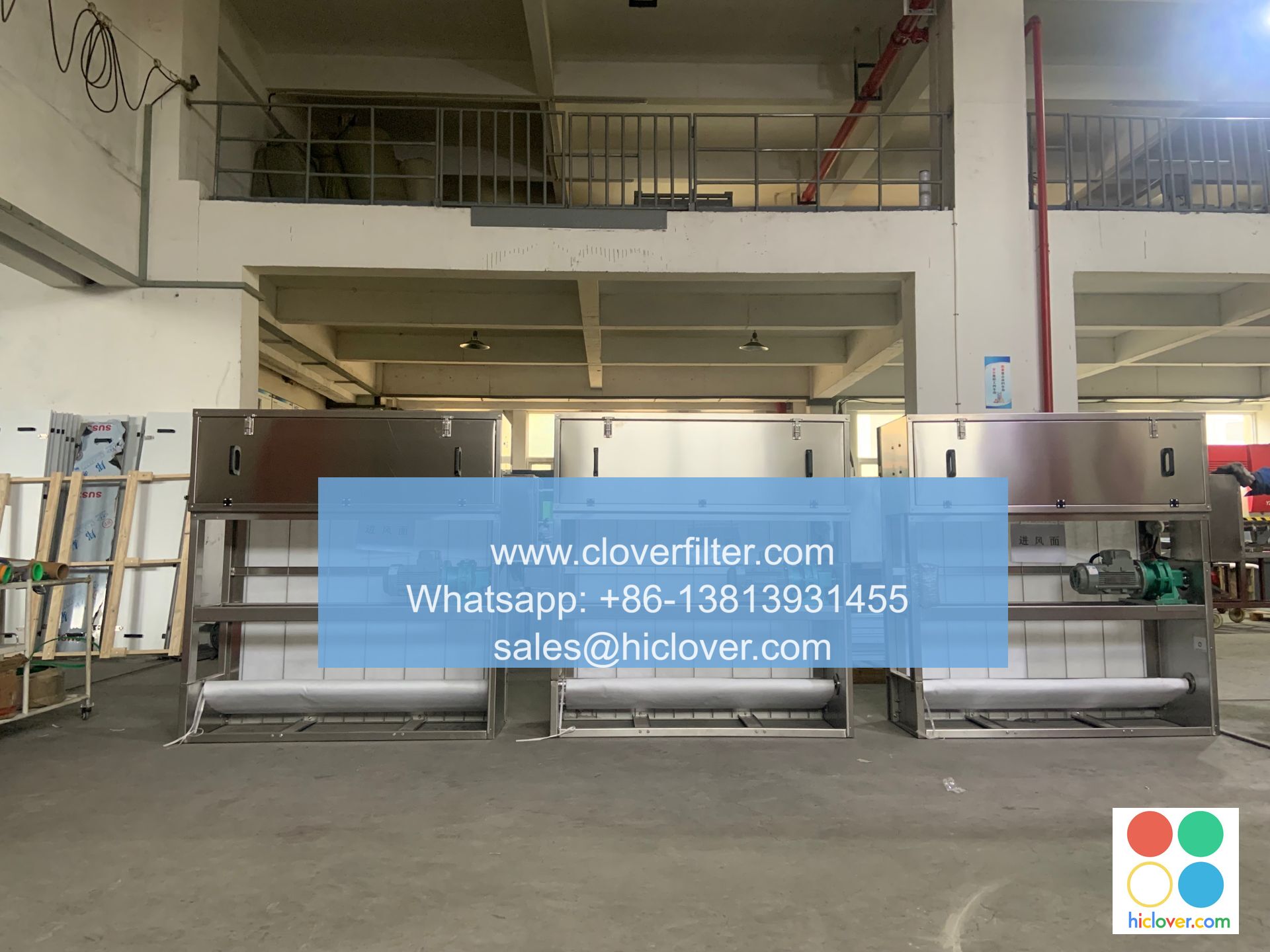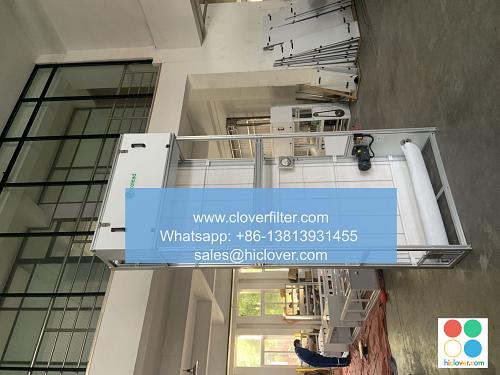The Differences between Air Purifiers and Air Filters

As the world grapples with the challenges of indoor air pollution and air quality management, two terms have become increasingly prominent in the quest for cleaner air: air purifiers and air filters. While often used interchangeably, these devices serve distinct purposes and offer unique benefits. In this article, we’ll delve into the differences between air purifiers and air filters, exploring their applications, technologies, and effectiveness in various settings.
What are Air Filters?
Air filters are designed to capture particulate matter (PM) and other airborne contaminants from the air. They typically use a physical barrier, such as a HEPA filter or activated carbon filter, to trap pollutants like dust, pollen, and pet dander. Air filters are commonly used in heating, ventilation, and air conditioning (HVAC) systems to improve indoor air quality and reduce the load on air conditioning systems.
What are Air Purifiers?
Air purifiers, on the other hand, are designed to remove a broader range of airborne contaminants, including gases, odors, and microorganisms. They often employ advanced technologies like UV light, ionization, or photocatalytic oxidation to neutralize or eliminate pollutants. Air purifiers are typically used as standalone units or integrated into air purification systems to provide comprehensive air cleaning solutions for homes, offices, and industrial settings.
Key Differences between Air Purifiers and Air Filters
The primary differences between air purifiers and air filters lie in their design, functionality, and application areas. Air filters are generally used to remove particulate matter and are often passive systems that rely on air flow to capture contaminants. Air purifiers, by contrast, are active systems that use various technologies to target a wider range of pollutants.
Some key differences include:
- Contaminant removal**: Air purifiers can remove a broader range of contaminants, including gases, odors, and microorganisms, while air filters are primarily designed to capture particulate matter.
- Technology**: Air purifiers often employ advanced technologies like UV light, ionization, or photocatalytic oxidation, while air filters rely on physical barriers like HEPA filters or activated carbon filters.
- Application areas**: Air purifiers are commonly used in homes, offices, and industrial settings, while air filters are often used in HVAC systems and air quality management applications.
Application Areas for Air Purifiers and Air Filters
Both air purifiers and air filters have various application areas, including:
- Residential air purification: Air purifiers and air filters are used to improve indoor air quality in homes and apartments.
- Commercial air purification: Air purifiers and air filters are used in offices, restaurants, and other commercial settings to improve indoor air quality and reduce employee absenteeism.
- Industrial air purification: Air purifiers and air filters are used in industrial settings to remove hazardous airborne contaminants and improve worker safety.
- Medical air purification: Air purifiers and air filters are used in hospitals, clinics, and other healthcare settings to remove airborne pathogens and improve patient outcomes.
In conclusion, while both air purifiers and air filters play crucial roles in improving indoor air quality, they serve distinct purposes and offer unique benefits. By understanding the differences between air purifiers and air filters, individuals and organizations can make informed decisions about which technology to use in various application areas. Whether you’re looking to remove particulate matter or neutralize airborne contaminants, there’s an air purification solution available to meet your needs.
You haven’t provided a prompt or question for me to respond to. Please provide more context or a specific question, and I’ll do my best to provide a helpful and direct answer. What would you like to talk about or ask?

